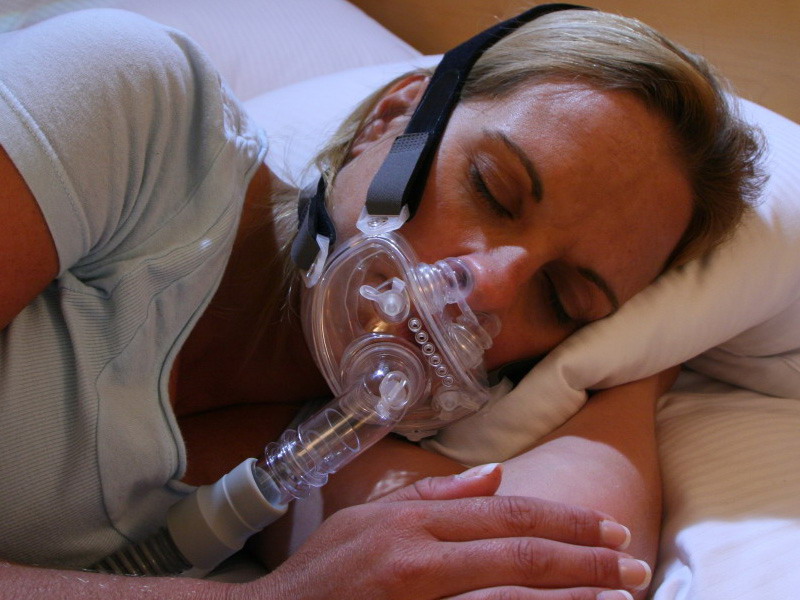
Article written by Health and Wellness Central
Sleep apnea is the disorder wherein the patient experiences stopping of breath in sleep. This disorder can be fatal as some patients can experience long pauses in breath. The pauses in breathing might be for ten to twenty seconds and these pauses might occur almost twenty to thirty times in an hour.
Sleep apnea occurs because inadequate air reaches the lungs through the mouth or nose. The normal breathing resumes after a choking sound but the oxygen levels in the bloods drops during every pause.
Sleep apnea is characterized into two central and obstructive Central sleep apnea is caused due to lack of effort in breathing and obstructive sleep apnea is cause due to a physical block in regular breathing. Sleep apnea can result in hypertension, stroke, irregular heartbeat, heart failure or even heart attack.
Symptoms of sleep apnea include:
- Snoring loudly, gasping for breath.
- Dry throat while waking up.
- Memory problem, morning headache, irritation, depression, mood swings
- Inability to concentrate for a longer period.
Causes of sleep apnea include:
- Lack of air reaching to the lungs through the mouth and the nose due to physical obstruction or lack of effort.
- Collapsing of throat leading to pauses in breath.
- Extra soft tissues in the throat in overweight people make it difficult to keep the throat open to circulate air.
- Large tonsils might cause disruption in air flow to the lungs causing pauses in breath.
- Genetic features in terms of shape of the neck and head may also lead to sleep apnea as some individuals may have smaller head and neck that may in return have relatively small airway between the mouth and throat area.
Remedies to cure sleep apnea are:
- Avoid smoking and reduce weight if the person is overweight.
- Avoid alcohols and sleeping pills.
- Change sleeping positions to make sure breathing is regular.
- Tie a ball in a sock and tie it across you weight to ensure that position is changed regularly at night.
- Avoid sleeping on the back.
- Conduct polysomnography to analyze the physiological variations while sleeping.
